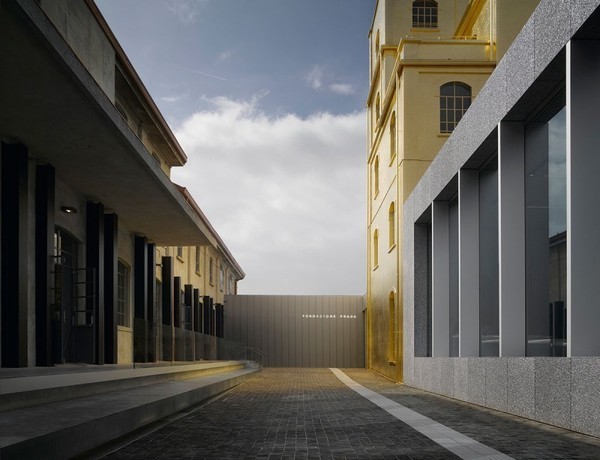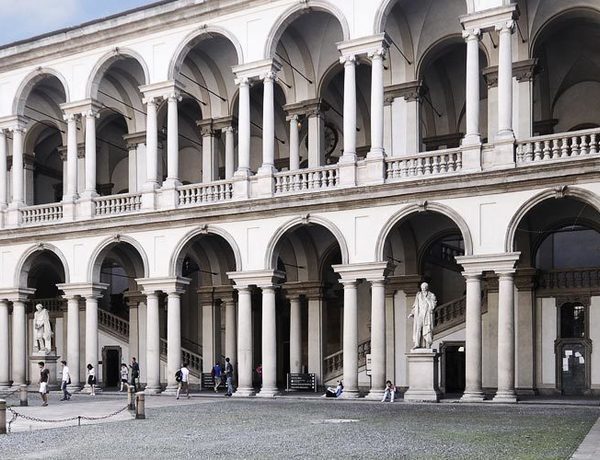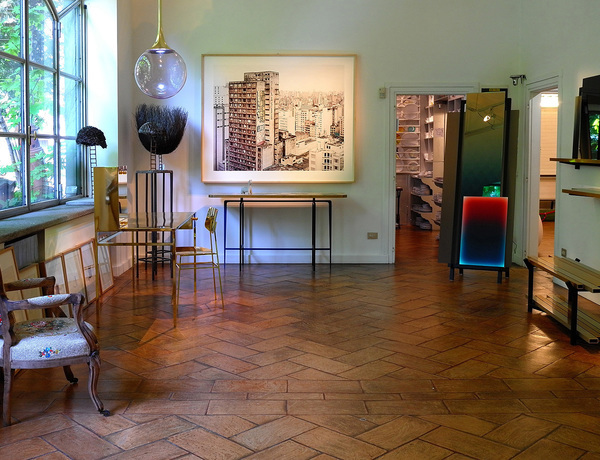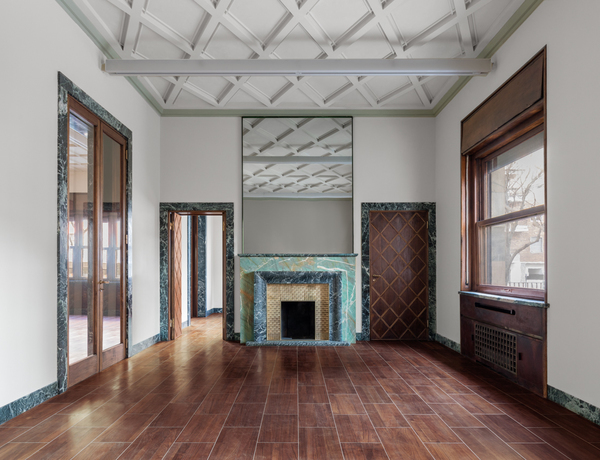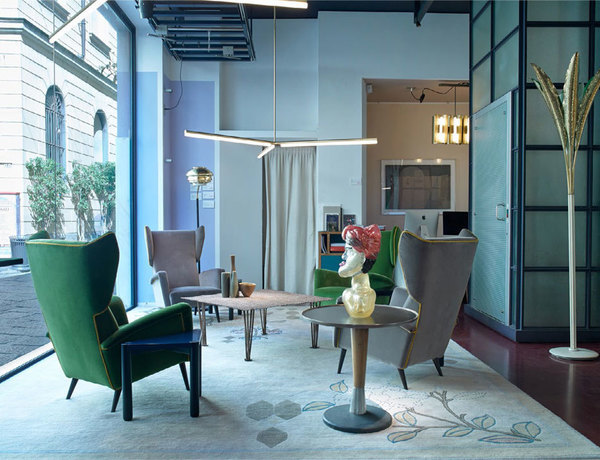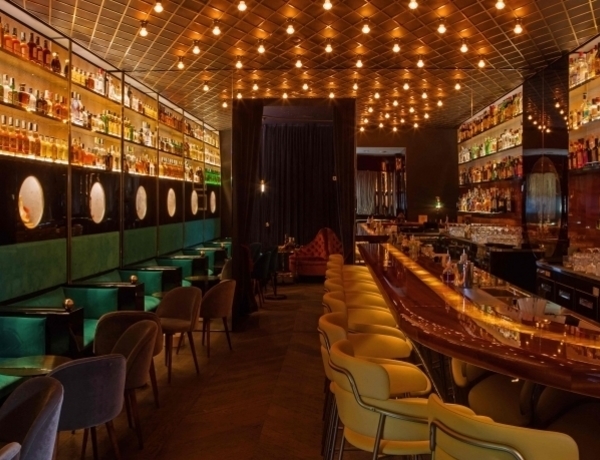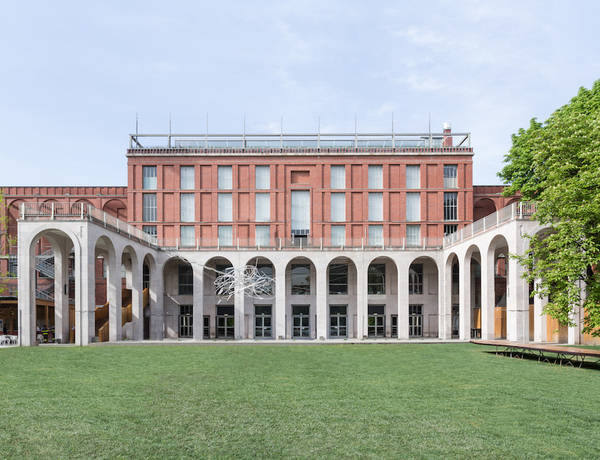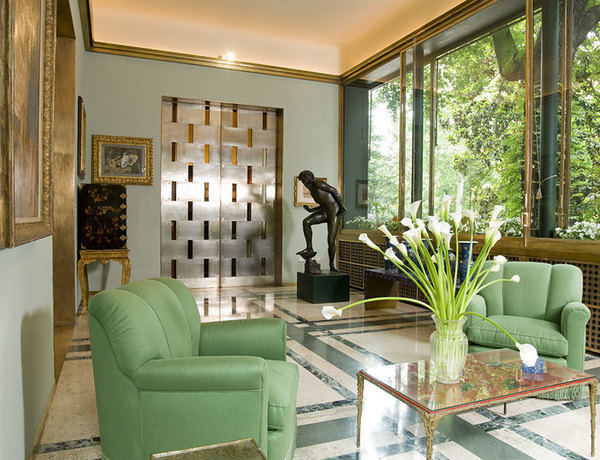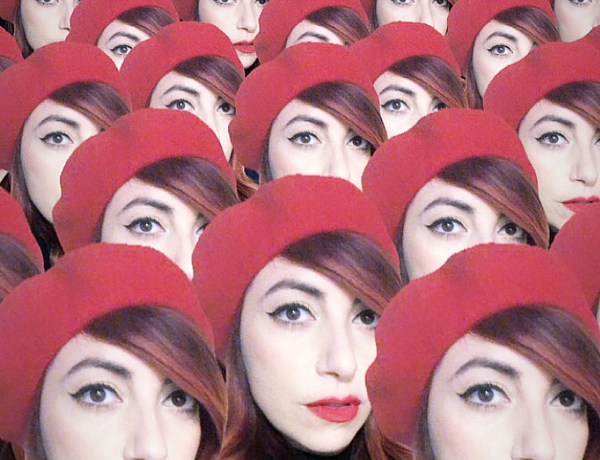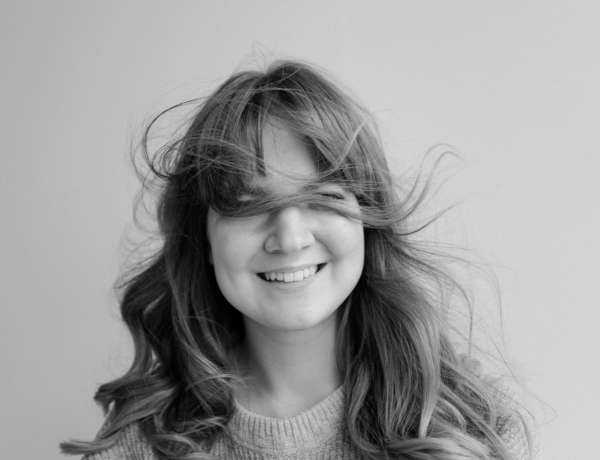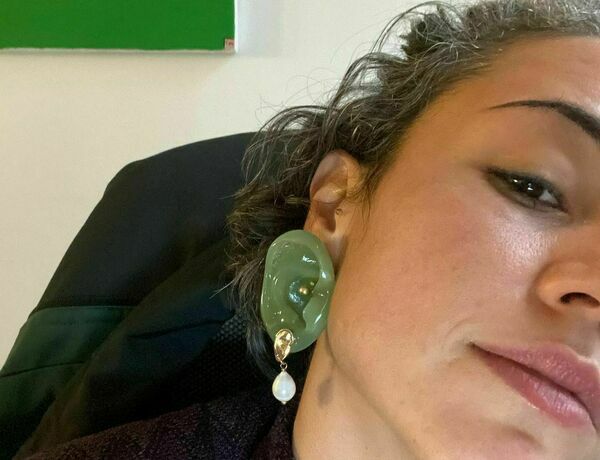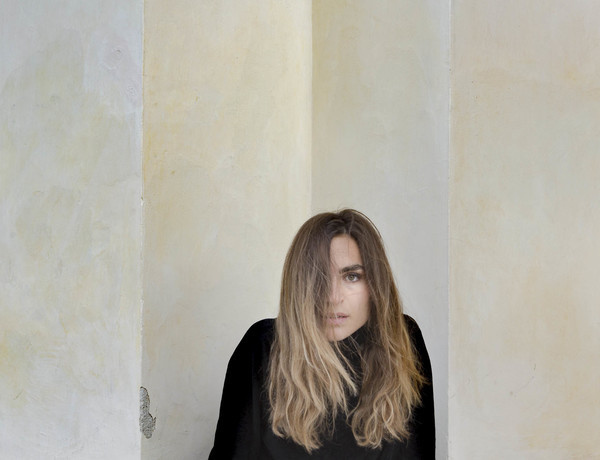
About Domenico
DOMENICO DE CHIRICO:
ITALY, INDEPENDENT CURATOR.
Domenico de Chirico is an independent curator from Italy. Born in Bari in 1983, he lives and works in Milan. From 2011 until 2015 he was a professor in “Visual Culture” and “Trend Research” at Milan’s European Institute of Design (IED). He collaborates with a number of international artists, galleries, institutions, art fairs, art prizes, and magazines worldwide. He has been artistic director at DAMA Fair, Turin since 2016. He was also a visiting tutor at Goldsmiths, University of London (2018). Upcoming exhibitions and researches (2019/20): Accademia di belle arti di Urbino, academy of fine arts located in Urbino, Marche, Italy (guest lecturer); Bienvenue Art Fair, Paris (prize jury member); Fotopub Festival, Novo Mesto, Slovenia (guest lecturer). Exhibitions in various venues and cities, among which: Turin, Milan, Berlin, Munich, Lisbon, Miami, Brescia, Istanbul, Florence, Venice, Rome, Prague, Mallorca, and so forth.
Current city:
Milan
DOMENICO DE CHIRICO:
ITALY, INDEPENDENT CURATOR.
Domenico de Chirico is an independent curator from Italy. Born in Bari in 1983, he lives and works in Milan. From 2011 until 2015 he was a professor in “Visual Culture” and “Trend Research” at Milan’s European Institute of Design (IED). He collaborates with a number of international artists, galleries, institutions, art fairs, art prizes, and magazines worldwide. He has been artistic director at DAMA Fair, Turin since 2016. He was also a visiting tutor at Goldsmiths, University of London (2018). Upcoming exhibitions and researches (2019/20): Accademia di belle arti di Urbino, academy of fine arts located in Urbino, Marche, Italy (guest lecturer); Bienvenue Art Fair, Paris (prize jury member); Fotopub Festival, Novo Mesto, Slovenia (guest lecturer). Exhibitions in various venues and cities, among which: Turin, Milan, Berlin, Munich, Lisbon, Miami, Brescia, Istanbul, Florence, Venice, Rome, Prague, Mallorca, and so forth.
